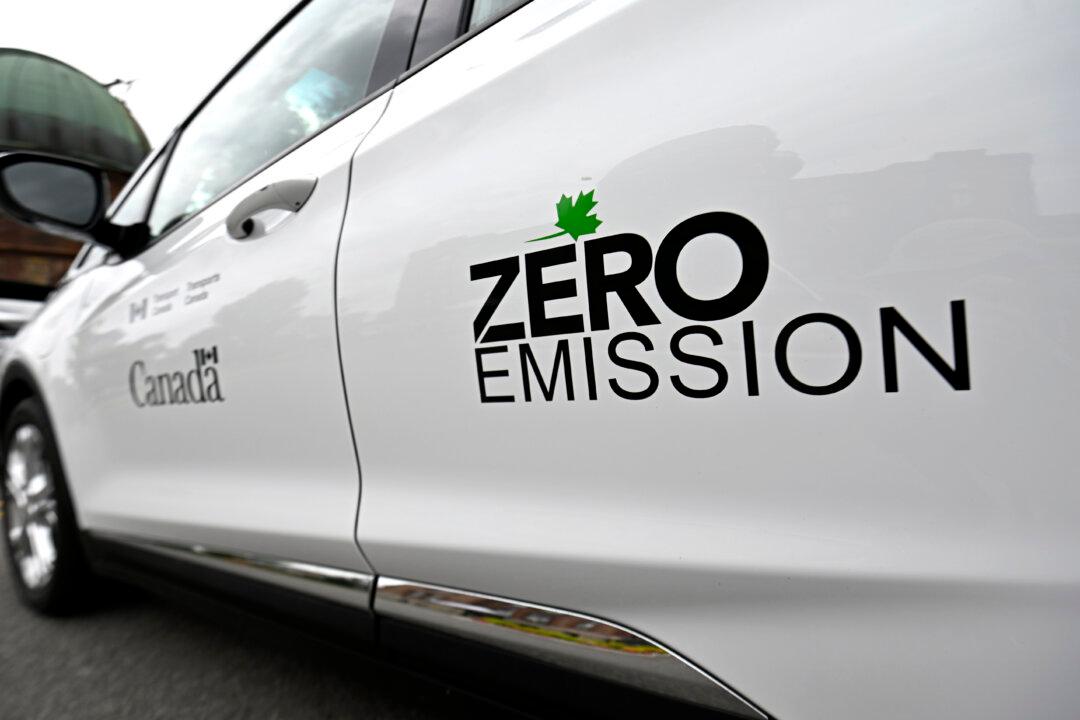A total of 388 new mines must be constructed by 2030 if countries around the globe, including Canada, hope to meet their timelines on mandating electric vehicles (EV), according to a new report.
Released by the Fraser Institute on Nov. 23, the report says the 388 new mines are essential to provide the metals required for EV production in Canada and the United States as well as a number of countries in the European Union and Asia.





